cellular
Latest
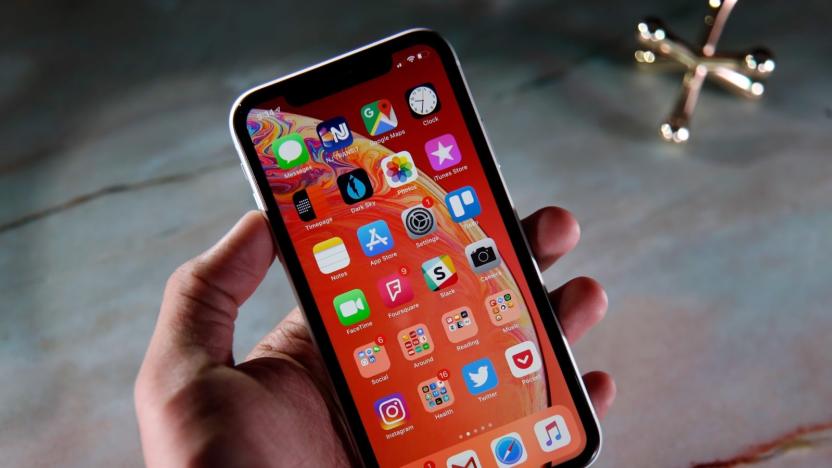
Apple raises iOS cellular download limit to 200MB
Believe it or not, Apple has kept iOS' cellular download limit to 150MB per app since September 2017 -- and that's a problem when many apps can be larger. The company is changing with the times, though, and has quietly upped the cap to 200MB. And that's being modest. This should let you download larger apps in practice (9to5Mac believes the 'real' app size is around 240MB) due to compression and the omissions of assets your device doesn't need.

Researchers find 36 security flaws in LTE
Security experts aren't done poking holes in LTE's armor -- not by a long shot. South Korean researchers have found 36 vulnerabilities in LTE that enable a range of attacks, some more sinister than others. They include temporary inconveniences like disconnecting someone from the cell network through to eavesdropping and controlling the data itself. The team found the abundance of exploits by using a custom "fuzzing" (feeding large chunks of random data to look for irregularities) tool.
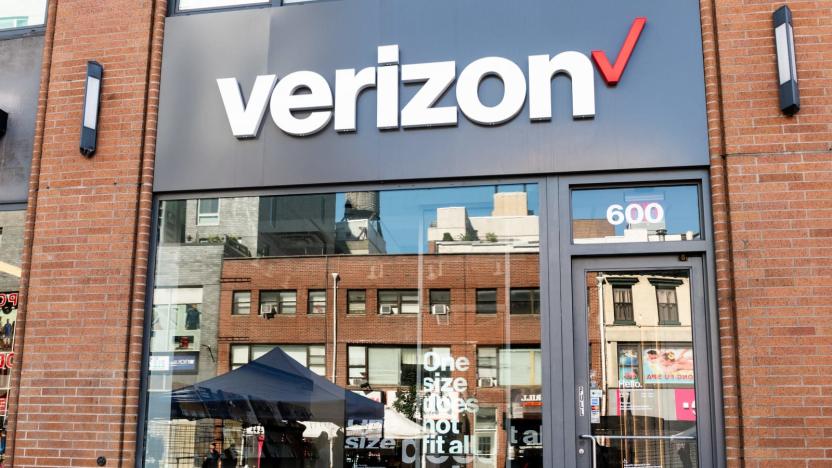
Verizon accused of misleading FCC on rural LTE coverage
Rural carriers have accused Verizon of using shady tricks to hinder its cellular competition. In a letter to the FCC, the Rural Wireless Association accused Verizon of providing the regulator with a "sham coverage map" that distorted the reach of its LTE network in order to deprive competitors of Mobility Fund subsidy money. Big Red said it covered nearly all of the Oklahoma Panhandle in its report to officials, but engineers testing against the FCC's 5Mbps standard estimated that the real coverage area was less than half as large.
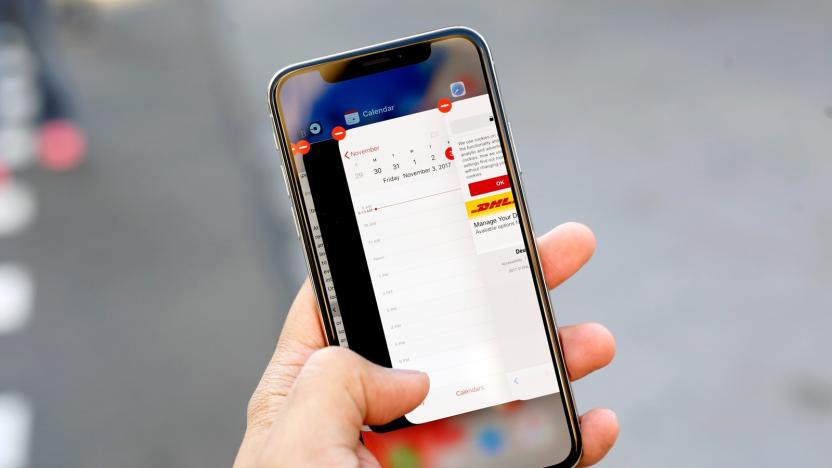
Qualcomm: Apple's next iPhones won't use our wireless chips
You might see the practical impact of the Apple-Qualcomm royalty feud in the very near future. As part of an earnings call, Qualcomm financial chief George Davis told investors that his company believed Apple would "solely use our competitor's modems" (read: Intel's) in the next iPhones. Given that Qualcomm would know whether or not Apple was a customer this close to an iPhone launch (new models usually appear in September), it's safe to say that the chip maker has been shut out this time around.
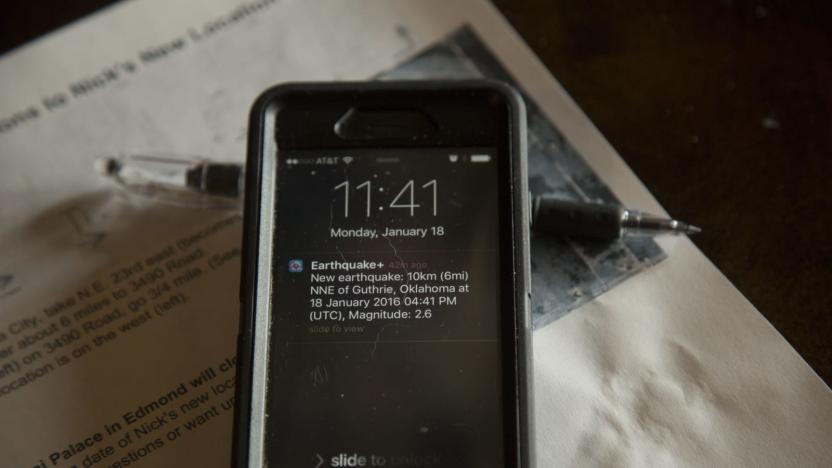
LTE security holes could lead to fake emergency alerts
Vulnerabilities in cellular network technology definitely aren't things of the past. Researchers at Purdue and the University of Iowa have outlined exploits in LTE protocols that would let intruders conduct ten serious attacks, including spying on calls and text messages, tracking locations, knocking devices offline and even faking emergency alerts. Intuders can take advantage of three key protocol tasks (such as attaching a device to the network and maintaining a connection) to conduct authentication relay attacks that not only let them connect to the network without credentials, but masquerade as the victim's device. A hacker could not only compromise the network, but frame someone else for the crime.
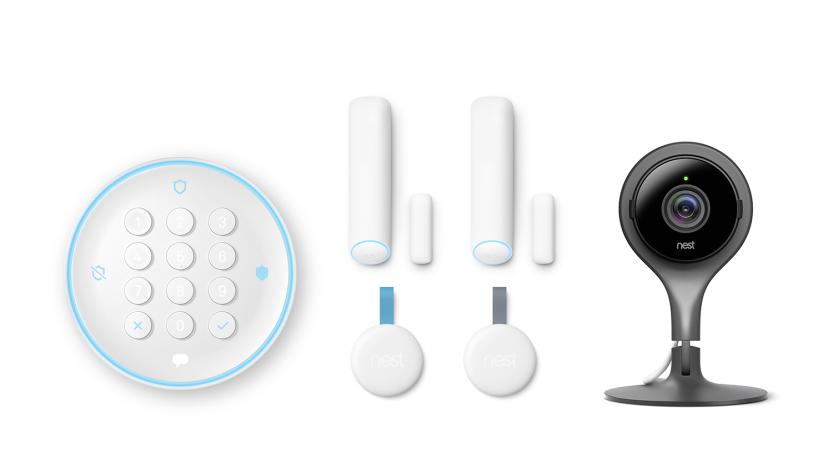
T-Mobile can keep Nest Secure online if your WiFi fails
In September, Nest released its Secure alarm system, complete with motion and door sensors and an app that lets you manage the system from anywhere. But arming the alarm through your phone or receiving alerts that motion has been detected in your home requires the Nest system to be actively connected to WiFi. If your internet service goes down or your home network stops working, however, you won't get those alerts or be able to access your system through Nest's app. That's why Nest has worked cellular backup into the Secure system and T-Mobile announced today that it's the exclusive cellular provider for Nest Secure.
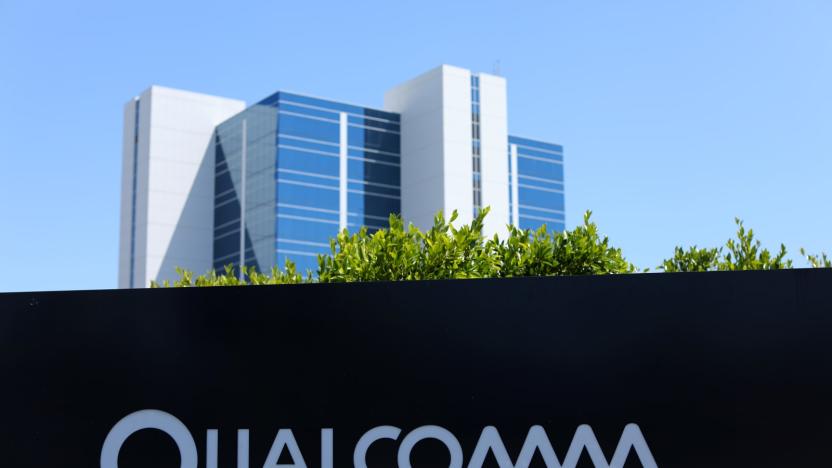
Qualcomm faces $774 million antitrust fine in Taiwan
Qualcomm's antitrust troubles aren't going away any time soon. Taiwan's Fair Trade Commission has fined the company the equivalent of $774 million over claims it abused its dominance of cellular chipsets in phones. The company effectively has a monopoly over CDMA, WCDMA (3G) and LTE chipsets, the Commission said, and it refuses to properly license its technology to others. Accordingly, the penalty will also have Qualcomm submit twice-a-year reports on negotiations with other companies.
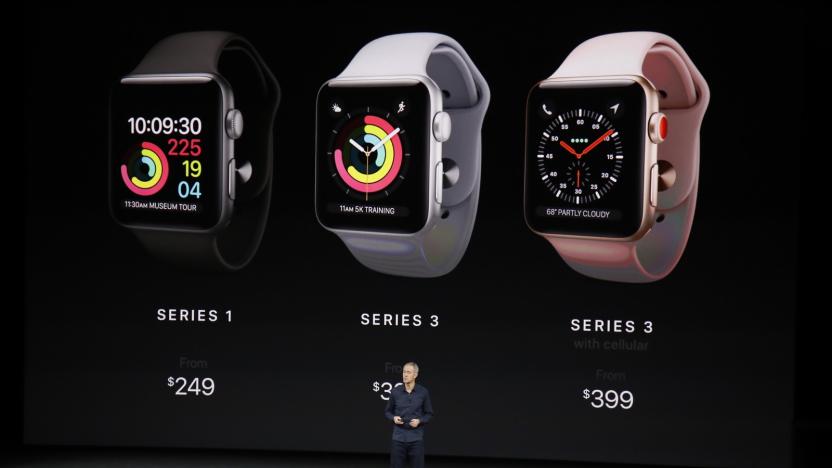
Apple Watch Series 3 gains LTE for $399
Just a year after the Apple Watch Series 2 was launched onto an unsuspecting public, Apple has updated its iconic timepiece once again. The Apple Watch Series 3 shares a similar case to its forebear, but most crucially, comes with an optional built-in LTE radio. That means that users can now make calls to their friends without the use of their smartphone, letting you finally live all of those Babylon 5 fantasies.
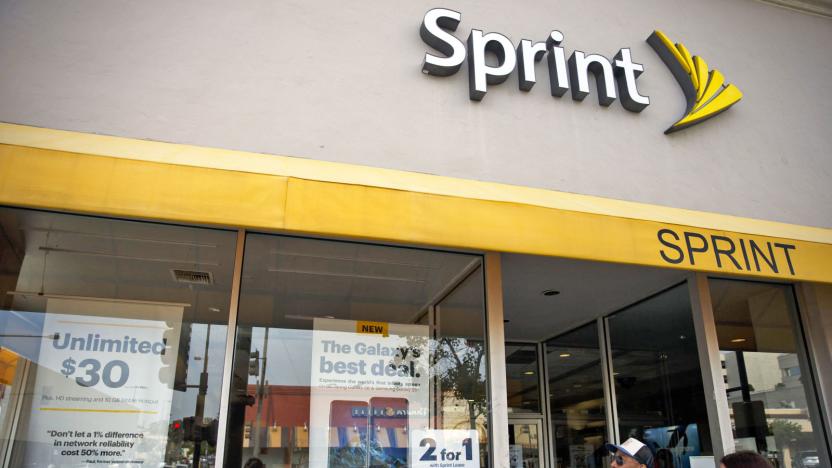
Sprint will launch its 5G network in late 2019
Sprint isn't going to sit by the wayside while AT&T, T-Mobile and Verizon make a fuss over their 5G wireless plans. The carrier has revealed that it's working with its parent company SoftBank and Qualcomm to launch its 5G network in late 2019. Details are scant at this point (it's over 2 years away, after all), but Sprint expects to use its existing 2.5GHz airwaves for the ultra-fast cellular link.

T-Mobile plans to launch a national 5G network by 2020
T-Mobile isn't going to sit by the wayside while its carrier rivals talk up plans for 5G networks. The magenta crew has announced that it plans to roll out a nationwide 5G network starting in 2019, with completion by 2020. It'll use some of the provider's 600MHz frequencies to help make this speedy service happen. And yes, this will be real, standards-based 5G -- not the faux 5G (really an amalgam of upgrades to 4G) AT&T launched in April. The news is bound to make you happy if you're eager for a wireless internet connection faster than your landline service at home, although it's important to be cautious. Like most hyped-up network upgrade, there's some context you're not getting.

Draft 5G specs lay the groundwork for a real standard
With all the hype around early 5G launches and tests, there's one glaring problem: the telecom industry hasn't really defined what 5G is. However, the super-fast wireless is starting to take shape. The International Telecommunication Union has published draft 5G specs that set performance expectations. As a user, you should get 100Mbps download speeds and 50Mbps for uploads -- unlike with LTE, though, that's more of a consistent baseline than a theoretical maximum. You should also see extremely low lag of no more than 4ms (versus 20ms for LTE), and service should work on trains traveling as quickly as 500km/h (311MPH). In short, this should be as fast as a good home internet connection.
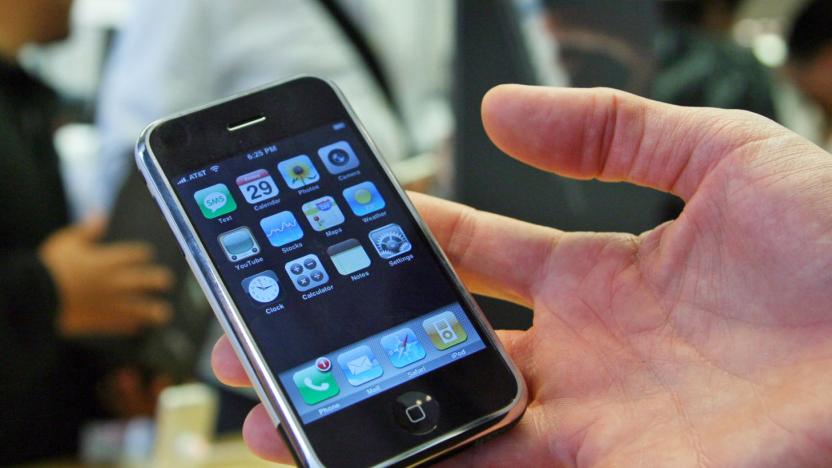
AT&T no longer works with your 2G phone
We hope you weren't planning to use your old-school iPhone or BlackBerry Pearl on AT&T's network for nostalgia's sake -- unfortunately, you're not going to get anywhere. As promised way back in 2012, the carrier has confirmed that it shut down 2G services on January 1st, 2017. If your phone only makes GSM calls and uses EDGE for data, you're stuck. The move won't hurt very many people (even basic phones have been using 3G and LTE for years), but it's hard not to shed a little tear for a technology that had been around for so long.

All NYC subway stations will have cell service by January 9th
When officials recently vowed that all New York City underground subway stations would have cellular coverage sometime in early 2017, they weren't joking. Governor Cuomo has revealed that all active stations will have service from AT&T, T-Mobile, Sprint and Verizon on January 9th. That's on top of WiFi, which went live just before 2016 came to a close. The only exceptions are four stations that are either in mid-renovation or about to go through renovations, but they'll have live service as soon as the makeovers are finished.
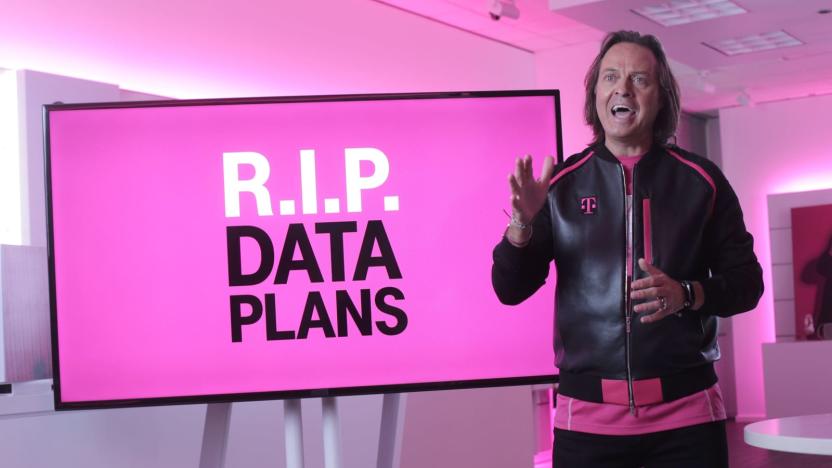
Teen claims you can get free T-Mobile data through a proxy
One teen may have just achieved the dream of every cost-conscious wireless user: free, no-strings-attached mobile data. High school student Jacob Ajit claims to have discovered a trick that gets you all the T-Mobile data you want by using a proxy server. Reportedly, T-Mobile doesn't block sites with "/speedtest" in the address when you've run out of data on prepaid service. If you use the proxy to make it look like every site link has that text, you can surf to your heart's content at no charge beyond what it cost to get the SIM. Before you ask: sorry, folks, Ajit's proxy is down.

The next Apple Watch reportedly won't have cellular connectivity
Apple is widely expected to introduce the next generation of the Apple Watch before the end of the year, and today Bloomberg has some details on what to expect -- and what's getting left out. While the next-gen Watch is expected to include GPS capabilities to aid with location tracking and movement without your phone, it'll still require your phone for most everything else. The report indicates that Apple was hoping to include a full-fledged cellular chip so the Watch could run entirely on its own, without needing to be connected to an iPhone, but that won't happen this time out.
![[Image credit: Getty]](https://s.yimg.com/uu/api/res/1.2/M6YpJTCV5D0xy1BTTRbouA--~B/Zmk9ZmlsbDtoPTQ2ODtweW9mZj0wO3c9ODMyO2FwcGlkPXl0YWNoeW9u/https://o.aolcdn.com/dims-shared/dims3/GLOB/crop/3645x2734+0+0/resize/1400x1050!/format/jpg/quality/85/https://o.aolcdn.com/hss/storage/midas/b370471c327c7657044082da4eb6e242/201582653/174779502.jpg.cf.jpg)
Microsoft is launching its own data SIM for Windows devices
Microsoft appears to building its own contract-free cellular data service for getting Windows 10 devices online, if a curious app store listing is any indication. According to the app's description, it "allows you to connect to a trusted nationwide mobile data network" and pay for a one-off plan with no subsequent commitment using only your Microsoft account details. The catches are you'll need a Microsoft SIM card, which doesn't exist yet, and that the service is only available to select devices (things you don't make phone calls on). The service will be reserved for certain markets and offer domestic data initially, with international roaming plans coming later. For something we're hearing about for the first time, it would seem Microsoft's got some pretty concrete plans in place.

LG yanks its Watch Urbane 2nd Edition from stores
Did you have your eye on one of those new LG Watch Urbane 2nd Edition from AT&T? Well tough. LG just yanked the smartwatch from store shelves citing "a hardware issue which affects the day-to-day functionality of the device." The device was the first Android-based smartwatch to include a cellular connection. It had debuted on AT&T only a week ago and was supposed to come to Verizon tomorrow, November 20th. Nope, not any more.

Samsung's Gear S2 smartwatch with 3G will cost you $50 more
If you've been itchin' to get your hands on the cellular version of Samsung's Tizen smartwatch and its fancy rotating bezel, you'll soon be in luck. Both T-Mobile and Verizon announced pricing and availability for the Gear S2 with 3G today. On T-Mobile, you can add the wearable to your plan for $5/month while the watch itself will set you back $360 or $15 on a monthly payment plan. There isn't a pre-order option, but it'll hit the Big Magenta's stores and website on November 15th. Verizon will also require you to pay an extra $5 a month to add the Gear S2 to your account, but it's offering the gadget for $350 or $300 if you opt for a two-year contract. You're able to pre-order from Verizon, starting today, before it goes on sale November 6th. T-Mobile and Verizon will both carry dark grey and silver models, so you'll have two color options to choose from should you decide to splurge for one. AT&T is expected to announce availability for the Gear S2 as well, but hasn't revealed those details just yet.

AT&T won't slow down unlimited data users until they hit 22GB
AT&T isn't bringing back its beloved unlimited data plans, but it's doing a better job of taking care of its customers who've held onto those plans for dear life. The carrier announced today that it won't throttle down their data speeds until they consume 22 gigabytes worth of data in one billing cycle and also happen to be in a congested part of AT&T's network. That's a huge step up from before, when it would slow down unlimited data users when they hit 5GB of usage. AT&T was widely criticized for its "not quite unlimited" data plan. But even though it's extinct now, the carrier is still under fire from the FCC, which threatened to fine it $100 million over the unlimited throttling practice. Today's news is basically just shifting the throttling needle, but it's a big enough move that many people will likely never reach the new limit, which might appease the FCC. AT&T says it will also alert customers when they reach 16.5GB of data usage (75% of 22GB), to give them a heads up.

Drones may get better cell service thanks to an old ambulance
Aerial internet connections will likely be crucial for courier drones and other robotic aircraft, but modern-day cell towers are usually designed to serve people on the ground, not machines in the skies. What to do? Carnegie Mellon researchers might have an answer. They've converted an old ambulance into a full cellular network, and they're using it to test connections to quadcopter drones carrying phones on their stomachs. As it turns out, in-air wireless links aren't that reliable using current technology -- you need to point the antennas upward, and the signals propagate differently above a cell site than they do below.







